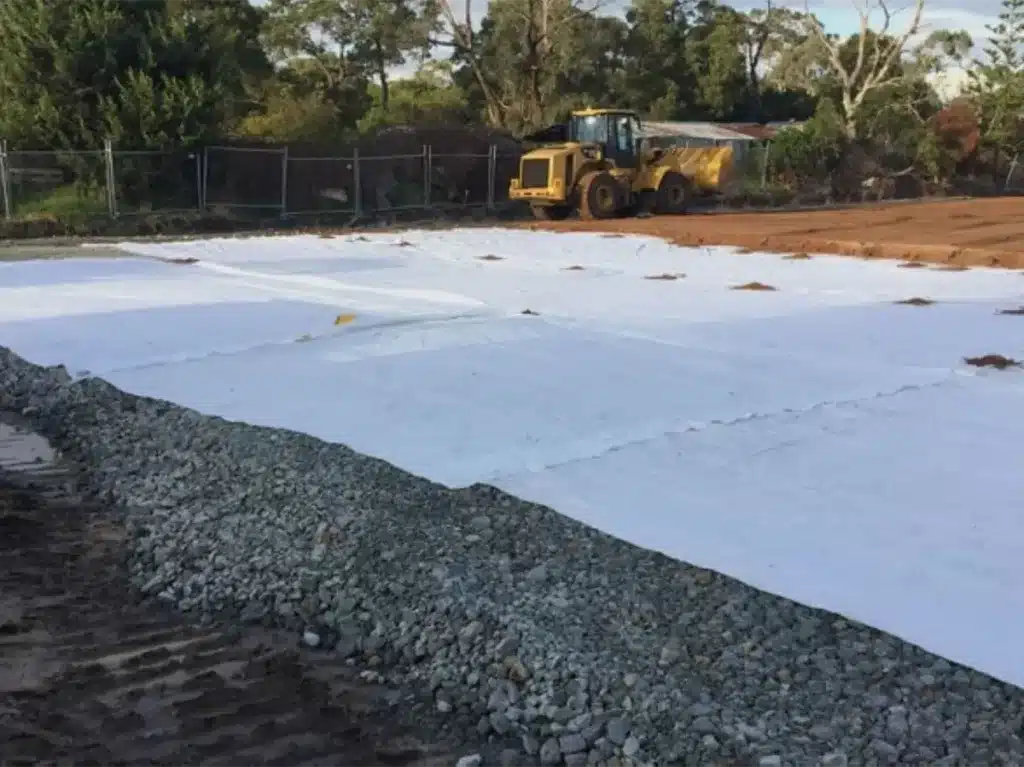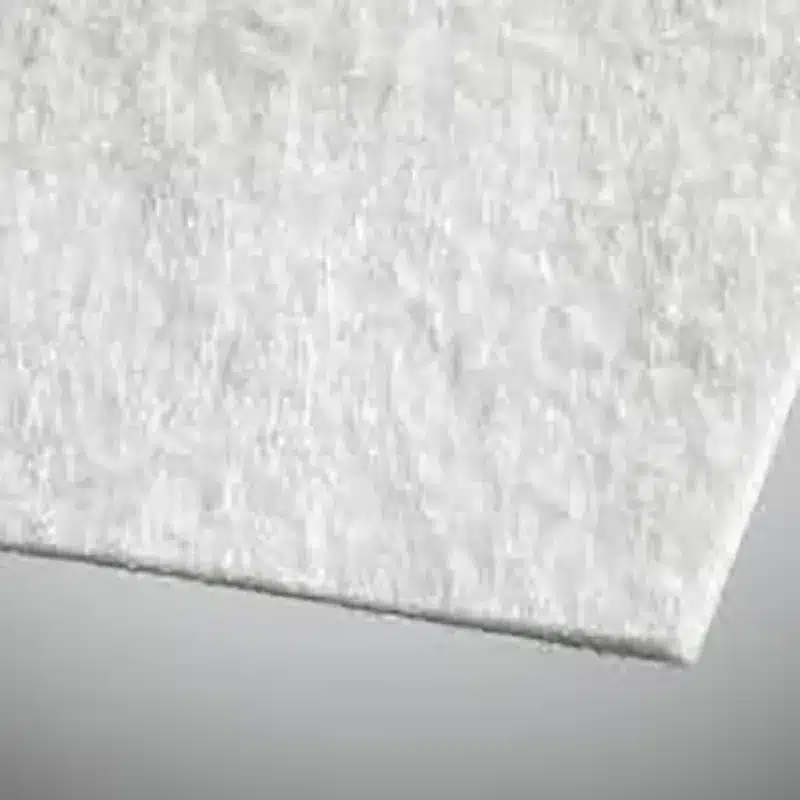+86-159 9860 6917
info@geofantex.com
geofantex@gmail.com
+86-400-8266163-44899
Explore the diverse applications of geotextile fabric rolls in various industries, discover if they can stop water, and learn about their advantages and disadvantages. This comprehensive guide will provide valuable insights into the world of geotextile fabrics.

What is geotextile fabric used for?
Geotextile fabric rolls are highly versatile and find extensive use in various applications, including:
- Erosion Control: Geotextile fabrics serve as a shield against erosion by wind and water, stabilizing soil and preventing its erosion. They are invaluable in construction and landscaping projects.
- Soil Layer Separation: In civil engineering, geotextile fabric effectively separates different soil layers and materials, ensuring materials don’t mix and maintaining the structural integrity of roads and embankments.
- Drainage: Specially designed geotextiles enable efficient filtration and separation of water, making them common choices for managing water flow behind retaining walls, in agriculture, and beneath roadways.
- Soil Reinforcement: These fabrics bolster the strength and stability of soil structures, particularly crucial in areas with compromised or weak soil conditions like construction sites and slopes.
- Fine Particle Filtration: Geotextiles allow water to pass through while filtering out fine particles. They play a vital role in safeguarding drainage systems from clogs and preserving water quality.
Does geotextile fabric stop the water?
Geotextiles serve to allow water passage while blocking fine particles and soils, with their usage varying according to type and purpose:
- Water Filtration: Some geotextiles enable water to flow through while sieving out impurities. They are commonly employed in drainage systems to uphold water quality.
- Water Retention: In landscaping and gardening, geotextiles aid in water retention, preventing swift water loss, particularly beneficial in dry climates.
- Water Diversion: Geotextiles redirect water flow during construction or landscaping, averting soil erosion and efficiently handling excess moisture.
- Drainage: Specific geotextiles are engineered for drainage, permitting water flow while preventing soil particles from obstructing drainage systems.
What are the disadvantages of geotextile fabric?
While geotextile fabric offers many advantages, it’s important to understand its drawbacks:
- Cost: High-quality geotextiles can be relatively expensive compared to traditional materials, but their long-term benefits often outweigh the initial investment.
- UV Vulnerability: Geotextile fabrics can degrade when exposed to prolonged sunlight and are susceptible to blockage by sediments, organic residues, plant roots, fungi and algae, viscous petrochemical compounds, and slimes. To counter this, they are often covered with soil, mulch, or other protective layers.
- Installation Challenges: Proper installation is crucial for geotextile effectiveness. Incorrect installation can lead to project complications and reduced performance.
- Compatibility: Not all geotextiles are suitable for every application, and choosing the wrong type or grade can result in suboptimal results.
Can you cut geotextile fabric?
Indeed, you can readily cut geotextile fabric to your preferred size and shape with everyday tools like scissors, utility knives, or specialized fabric cutters. To achieve clean edges and avoid fraying or unraveling, it’s crucial to follow the manufacturer’s guidance. If you’ve chosen a woven membrane, your best approach is to lay it down in place and then tidy up the edges by cutting it as smoothly as possible using a sharp Stanley knife. This will help maintain the fabric’s integrity and effectiveness in your project.
In conclusion, geotextile fabric rolls are versatile and find applications in various industries, from construction to landscaping. While they don’t entirely stop water, they manage it effectively in different ways, offering numerous benefits alongside a few disadvantages. Understanding their uses and limitations is crucial for making informed decisions when incorporating geotextile fabrics into your projects, ultimately ensuring improved stability, longevity, and performance.



Get Free Sample
We’ll respond as soon as possible(within 12 hours)






















